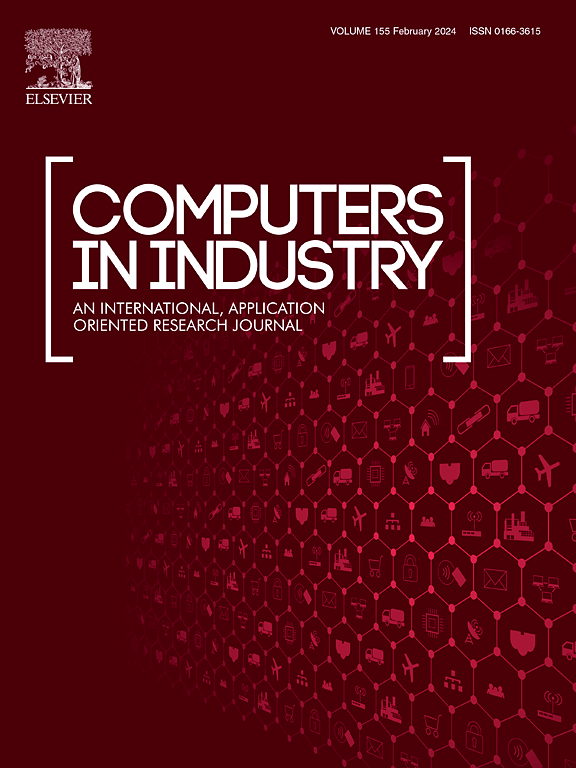BRepQL: Query language for searching topological elements in B-rep models
IF 8.2
1区 计算机科学
Q1 COMPUTER SCIENCE, INTERDISCIPLINARY APPLICATIONS
引用次数: 0
Abstract
Topological elements form the basis for tasks such as geometric calculations, feature analysis, and direct modeling in 3D CAD systems. Handling these elements is also essential in various automated systems. This study proposes a method to search for topological elements within a boundary representation (B-rep) model by employing topological queries. To address complex scenarios that are difficult to handle using a single query, a topological query procedure that sequentially executes a predefined set of topological queries is used. To verify the effectiveness of the proposed method, experiments were conducted on Test Cases 1, 2, and 3, confirming the successful search of all target topological elements. Furthermore, tests on modified Snap-fit hook A and Bridge B models demonstrated that the same queries remained effective, provided the topological relationships and geometric constraints expressed in the query were preserved. In addition, a search time comparison showed that the proposed method reduced search time by over 90 % compared to manual processes. Finally, in an experiment involving participants with varying levels of programming proficiency, the results indicated that, for a developer with high programming skills, writing topological queries reduced the time required to search for a single topological element by more than 95 % compared to writing the program code.
BRepQL:用于搜索 B-rep 模型拓扑元素的查询语言
拓扑元素是三维 CAD 系统中几何计算、特征分析和直接建模等任务的基础。在各种自动化系统中,处理这些元素也是必不可少的。本研究提出了一种通过拓扑查询在边界表示(B-rep)模型中搜索拓扑元素的方法。为解决单一查询难以处理的复杂情况,本研究采用了拓扑查询程序,该程序可按顺序执行一组预定义的拓扑查询。为了验证所提方法的有效性,对测试案例 1、2 和 3 进行了实验,证实成功搜索到了所有目标拓扑元素。此外,对修改后的 Snap-fit 挂钩 A 和桥梁 B 模型进行的测试表明,只要保留查询中表达的拓扑关系和几何约束,同样的查询仍然有效。此外,搜索时间比较显示,与人工处理相比,建议的方法减少了 90% 以上的搜索时间。最后,在一项由不同编程能力水平的参与者参与的实验中,结果表明,对于编程能力较高的开发人员来说,编写拓扑查询与编写程序代码相比,可将搜索单个拓扑元素所需的时间减少 95% 以上。
本文章由计算机程序翻译,如有差异,请以英文原文为准。
求助全文
约1分钟内获得全文
求助全文
来源期刊

Computers in Industry
工程技术-计算机:跨学科应用
CiteScore
18.90
自引率
8.00%
发文量
152
审稿时长
22 days
期刊介绍:
The objective of Computers in Industry is to present original, high-quality, application-oriented research papers that:
• Illuminate emerging trends and possibilities in the utilization of Information and Communication Technology in industry;
• Establish connections or integrations across various technology domains within the expansive realm of computer applications for industry;
• Foster connections or integrations across diverse application areas of ICT in industry.
 求助内容:
求助内容: 应助结果提醒方式:
应助结果提醒方式:


